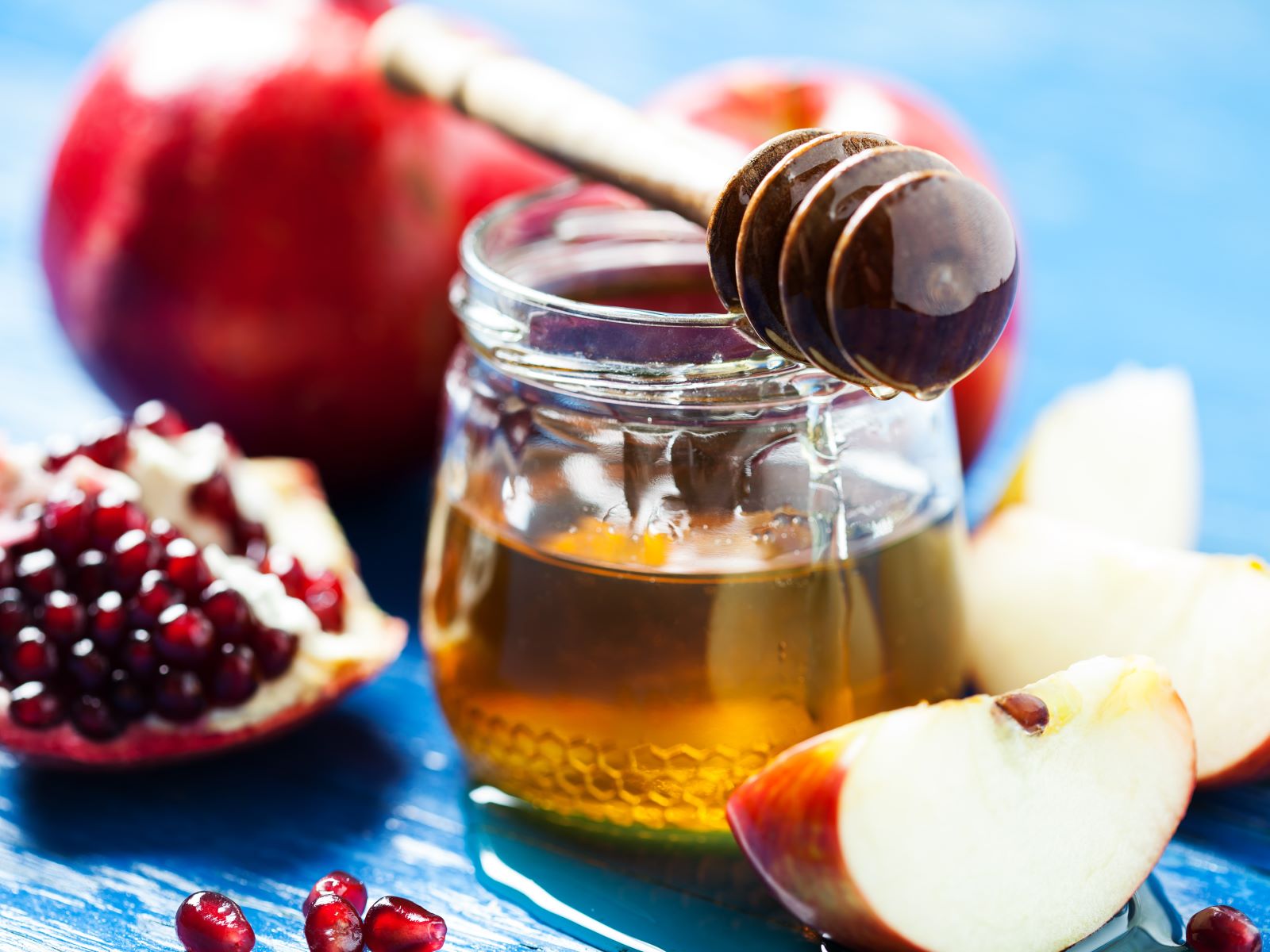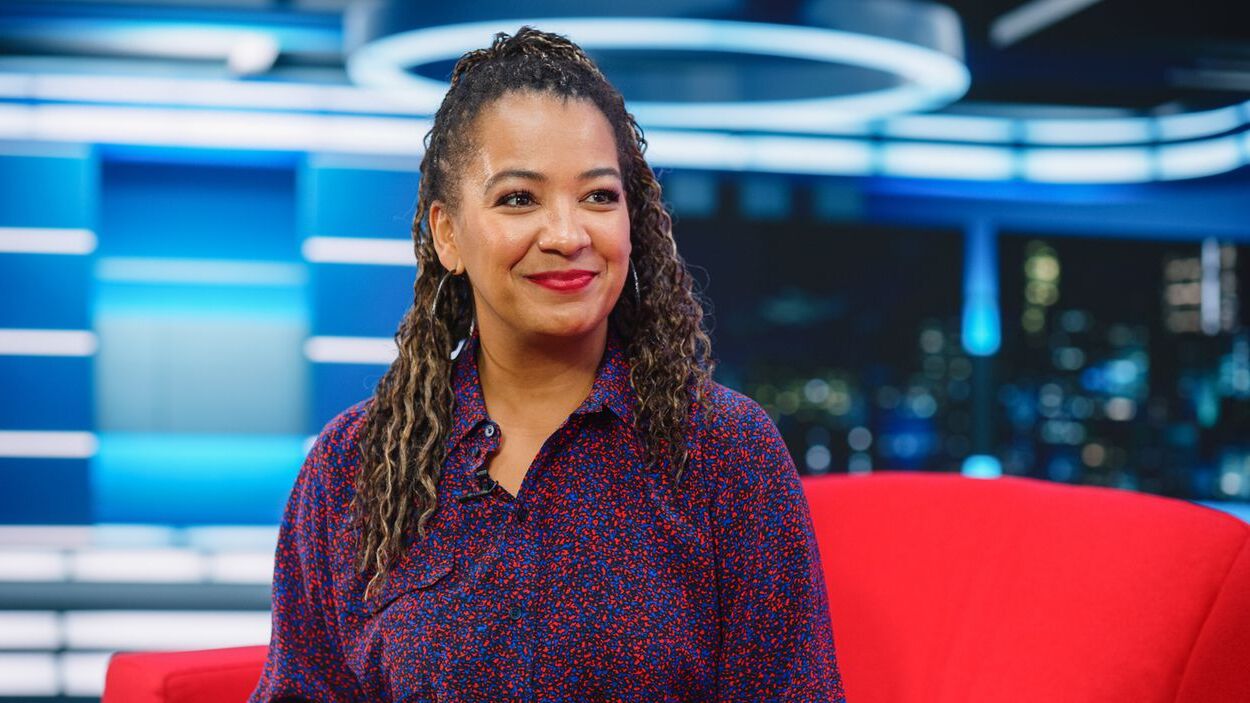
Rosh Hashanah 2024 begins on the evening of October 2nd and ends after nightfall on October 4th. This Jewish New Year marks the anniversary of the creation of Adam and Eve, making it a time for reflection, prayer, and celebration. The holiday is rich with traditions, from the sounding of the shofar to festive meals featuring symbolic foods like apples dipped in honey and round challah bread. Observed over two days, Rosh Hashanah is a period for Jews to seek forgiveness, give charity, and set intentions for the year ahead. Shanah Tovah, or "Good Year," is the heartfelt greeting exchanged during this meaningful time.
Key Takeaways:
- Rosh Hashanah, the Jewish New Year, is a time of reflection, prayer, and celebration. It marks the anniversary of the creation of Adam and Eve and is filled with rich traditions and customs.
- Rosh Hashanah 2024 starts on the evening of October 2nd and concludes after nightfall on October 4th. It is a time for festive meals, shofar blasts, and symbolic foods, symbolizing a sweet year ahead.
What is Rosh Hashanah?
Rosh Hashanah, the Jewish New Year, is a time of reflection, prayer, and celebration. It marks the anniversary of the creation of Adam and Eve and is filled with rich traditions and customs. Let's dive into some fascinating facts about Rosh Hashanah 2024.
-
Date of Rosh Hashanah 2024: Rosh Hashanah 2024 starts on the evening of October 2nd and concludes after nightfall on October 4th.
-
Literal Translation: Rosh Hashanah literally translates to "head of the year," reflecting its significance as the beginning of the new year.
-
Creation of Adam and Eve: This holiday is celebrated as the day God created Adam and Eve, marking the beginning of humanity.
-
High Holy Days: Rosh Hashanah is part of the High Holy Days, which also include Yom Kippur. These days are known as the Days of Awe, a period of reflection and atonement.
How is Rosh Hashanah Celebrated?
Rosh Hashanah is observed with various customs and traditions that have deep roots in Jewish culture. Here are some key aspects of the celebration.
-
Dual-Day Celebration: Rosh Hashanah is observed for two days, even though the Torah mentions only one day. This practice dates back to ancient times when the sighting of the new moon was uncertain.
-
Traditional Greeting: The traditional greeting during Rosh Hashanah is "Shanah Tovah," which means "Good Year."
-
Shofar Blasts: During Rosh Hashanah, there are 100 blasts of the shofar: a combination of three distinct sounds—Tekiah (a long blast), Shevarim (three shorter blasts), and Teruah (a series of rapid, staccato sounds).
-
Shofar’s Iconic Image: The sounding of the shofar is Rosh Hashanah's most iconic image. The shofar is a ram’s horn that is curved and bent, hollowed out and blown during religious ceremonies.
-
Day of Sounding the Shofar: Rosh Hashanah is also known as Yom Teruah (Day of Sounding the Shofar), reflecting its emphasis on the shofar’s blasts.
-
Day of Remembrance: Another name for Rosh Hashanah is Yom HaZikaron (Day of Remembrance), highlighting its significance as a day to remember and reflect on the past.
Traditional Foods and Symbols
Food plays a significant role in Rosh Hashanah celebrations, with each dish carrying symbolic meanings.
-
Traditional Foods: Traditional Rosh Hashanah foods include round challah bread (studded with raisins) and apples dipped in honey, symbolizing a sweet year ahead.
-
Candle Lighting: Candle lighting marks the beginning of the holiday each evening. The lady of the house lights the candles, and blessings are recited.
-
Festive Meals: Both evenings feature a festive meal, which is rich with symbolism. The meal is an opportunity to come together with family and friends.
-
Symbolism in Foods: Apples dipped in honey represent having a sweet year ahead. Round challah bread symbolizes the cycle of the year.
-
Fish Heads: Fish heads are traditionally included in some Rosh Hashanah feasts, possibly to represent that as fish cannot survive without water, Jews cannot survive without the Torah.
-
Pomegranates: Pomegranates are in season during Rosh Hashanah and are another traditional treat. They were once thought to contain 613 seeds, the same number of mitzvot (commandments) in the Torah.
Religious Practices and Customs
Rosh Hashanah is rich with religious practices and customs that emphasize reflection, prayer, and community.
-
Shabbat Observance: The shofar is not blown on Shabbat, as it is considered a day of rest and observance of the Sabbath.
-
Havdalah Prayer: The Havdalah prayer is performed as night falls on the second and last day of Rosh Hashanah. It involves saying blessings over a full cup of kosher wine or grape juice.
-
Traditional Greetings: Besides "Shanah Tovah," there are various traditional greetings for Rosh Hashanah. One common greeting is "L'Shana Tova Tea-ka-tayvu," which means "May you be inscribed for a good year."
-
Book of Life: The concept of being inscribed in the Book of Life is central to Rosh Hashanah. It is believed that God inscribes the names of the righteous in the Book of Life during this period.
-
Piyyutim: Religious poems called piyyutim are recited during Rosh Hashanah services. These poems add a rich musical and poetic element to the holiday’s observance.
-
Machzor: A special high holy day prayer book called the machzor is used during Rosh Hashanah services. The service is often longer than Sabbath services.
Community and Charity
Rosh Hashanah emphasizes the importance of community and acts of kindness.
-
Synagogue Attendance: Rosh Hashanah is a time of high synagogue attendance. Many Jews attend synagogue services, even if they do not regularly attend during the rest of the year.
-
Tzedakah: Giving tzedakah (charity) is an important part of Rosh Hashanah. It is believed that acts of kindness and charity can influence one’s fate in the coming year.
-
Brisket and Tzimmes: Traditional Rosh Hashanah foods often include brisket and tzimmes, a sweet stew made with carrots and sometimes other vegetables.
-
Uman, Ukraine: Uman, Ukraine, attracts tens of thousands of Hasidic Jews for an annual Rosh Hashanah pilgrimage known as a kibbutz.
Unique Traditions and Historical Significance
Rosh Hashanah has unique traditions and a rich historical background.
-
Four Jewish New Years: Rosh Hashanah is one of four Jewish New Years. The other new years include Tu BiShvat, the first of Nisan, and the first of Elul.
-
Tu BiShvat: Tu BiShvat, celebrated in the spring, marks the start of the agricultural cycle in Israel.
-
First of Nisan: The first of Nisan is the new year for counting the reigns of kings and months.
-
First of Elul: The first of Elul is traditionally the new year for tithing animals.
-
Shofar Manufacturers: Many shofar ram’s horns are marketed for not smelling bad. The smell of the shofar can be overwhelming, and manufacturers work hard to reduce this issue.
-
Traditional Rosh Hashanah Foods: Besides apples dipped in honey and round challah bread, other traditional Rosh Hashanah foods include dates, leeks, gourds, and black-eyed peas.
-
Ashkenazi and Sephardi Traditions: Ashkenazi tradition emphasizes apples dipped in honey, while Sephardi tradition includes fish heads in their feasts.
-
Rosh Hashanah in Israel: Rosh Hashanah is a two-day festival everywhere, including in Israel.
-
Maimonides’ Explanation: Maimonides explains that Rosh Hashanah is the only Jewish holiday that begins on the first day of a new month.
-
Yoma Aritchta: The two-day celebration is known as yoma arichta, or "a long day," lasting 48 hours.
Preparing for Rosh Hashanah
Preparation for Rosh Hashanah is as important as the celebration itself.
-
Preparing for Rosh Hashanah: Jews are encouraged to settle all prior issues with others, having no lingering grudges or unresolved closure.
-
Asking for Forgiveness: Jews ask for forgiveness from family and friends before Rosh Hashanah to have a clean slate going into the New Year.
-
Rock Songs Inspired by Rosh Hashanah: Two or more rock songs were inspired by Rosh Hashanah liturgy. The Scottish rock group Avinu Malkeninu titled a rock song "Our Father, Our King."
-
High Synagogue Attendance: Rosh Hashanah is a time of high synagogue attendance. Many Jews attend synagogue services, even if they do not regularly attend during the rest of the year.
-
Charity and Kindness: Giving tzedakah (charity) is an important part of Rosh Hashanah. It is believed that acts of kindness and charity can influence one’s fate in the coming year.
-
Traditional Foods in New York: Chompie’s Restaurant in New York serves traditional Jewish foods during Rosh Hashanah, including bagels, mile-high sandwiches, and colossal Reubens.
-
Historical Significance: Rosh Hashanah has a long history dating back to ancient times. The holiday’s observance has evolved over centuries.
-
Shofar’s Role: The shofar plays a central role in Rosh Hashanah services. Its blasts are meant to awaken spiritual consciousness and call people to repentance.
-
Candle Lighting Blessings: Candle lighting blessings are an essential part of Rosh Hashanah. The traditional holiday blessing over the candles is recited, followed by the shehecheyanu.
-
Festive Meals and Symbolism: Festive meals during Rosh Hashanah are rich with symbolism. The round challah bread represents the cycle of the year.
-
Fish Heads and Pomegranates: Fish heads and pomegranates are traditional foods during Rosh Hashanah. Fish heads symbolize being the "head" and not the "tail" amongst the nations.
-
Shofar Manufacturers’ Efforts: Many shofar ram’s horns are marketed for not smelling bad. Shofar manufacturers work hard to reduce this issue.
-
Rosh Hashanah in Popular Culture: Rosh Hashanah has inspired various works of art and literature. Rock songs like "Our Father, Our King" and "Who by Fire" have lyrics stemming from traditional Rosh Hashanah prayers.
-
Conclusion: Rosh Hashanah is a multifaceted holiday that encompasses various customs, traditions, and symbolic foods. It is a time for reflection, prayer, and celebration, marking the beginning of the new year.
Celebrating Rosh Hashanah 2024
Rosh Hashanah 2024, starting on the evening of October 2nd and ending on October 4th, marks a time of reflection, prayer, and celebration. This Jewish New Year, known as the "head of the year," commemorates the creation of Adam and Eve. Traditions like blowing the shofar, eating symbolic foods such as apples dipped in honey, and lighting candles play a central role. The holiday emphasizes themes of renewal, forgiveness, and charity. Synagogue attendance spikes, and festive meals bring families together. The shofar's blasts call for spiritual awakening, while foods like round challah and pomegranates symbolize the cycle of the year and abundance. Rosh Hashanah's rich customs and deep significance make it a cornerstone of Jewish culture, offering a time to start anew with a clean slate and hopeful heart.
Frequently Asked Questions
Was this page helpful?
Our commitment to delivering trustworthy and engaging content is at the heart of what we do. Each fact on our site is contributed by real users like you, bringing a wealth of diverse insights and information. To ensure the highest standards of accuracy and reliability, our dedicated editors meticulously review each submission. This process guarantees that the facts we share are not only fascinating but also credible. Trust in our commitment to quality and authenticity as you explore and learn with us.


